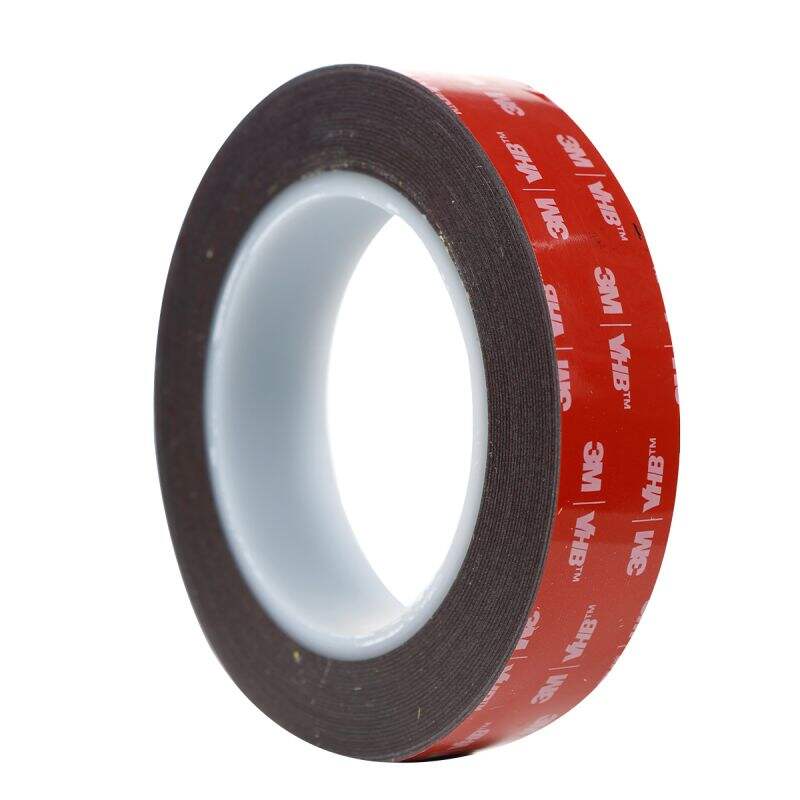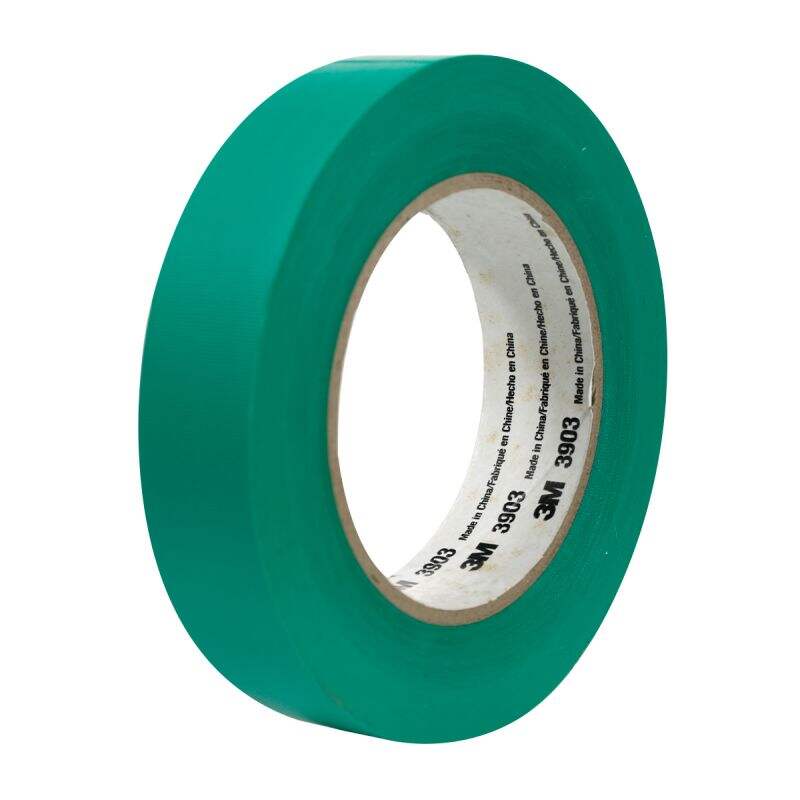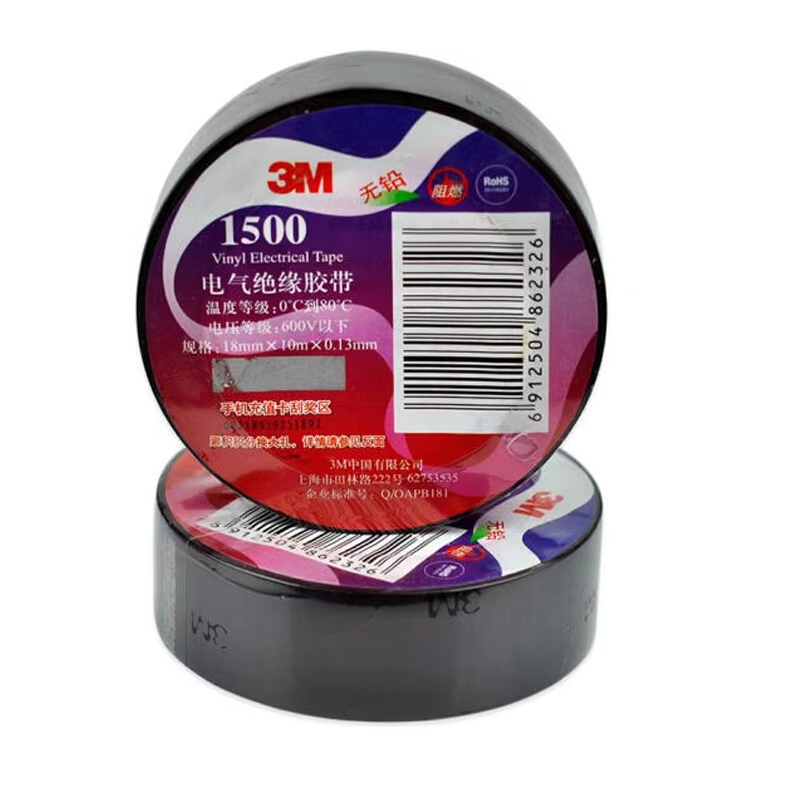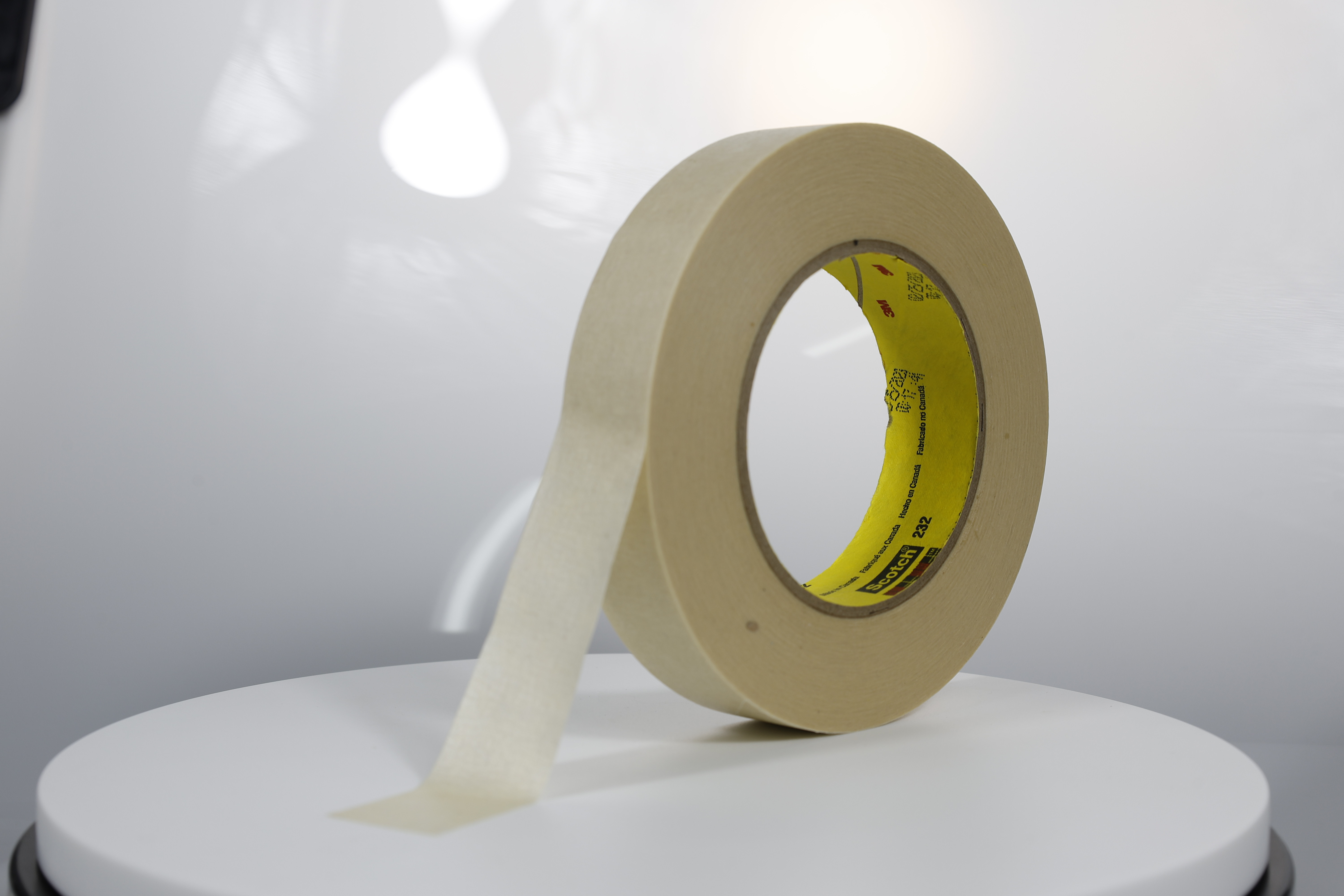Need to protect surfaces during renovation? Vinyl tapes are an affordable and effective option.
Key Applications of Vinyl Tape in Renovation Projects
Sealing and Moisture Resistance
Vinyl tape is remarkably effective at creating airtight seals, which is vital for preventing moisture infiltration during renovation projects. By forming a waterproof barrier, vinyl tape helps maintain structural integrity, especially when applied to windows, doors, and pipes. Proper sealing has been shown to reduce mold growth and control humidity levels significantly, enhancing both the longevity and comfort of renovated spaces. For instance, sealing measures can diminish mold risks by up to 60%, ensuring that interior environments remain healthy and sustainable. Thus, using vinyl tape in pivotal areas of construction not only fortifies the structural elements but also contributes to maintaining optimal living conditions.
Temporary Repairs and Hazard Marking
Vinyl tape plays a crucial role in providing quick fixes for minor repairs during renovations. It prevents further damage while awaiting permanent solutions, making it indispensable for emergency situations. Additionally, vinyl tape is perfect for marking hazards, ensuring safety on renovation sites and complying with safety regulations. Safety organizations such as OSHA have emphasized the significance of visible hazard markings, which can reduce accidents substantially. Using vinyl tape as a temporary repair tool also ensures compliance with site safety standards, protecting both workers and the structural integrity of renovation works.
Bundling Wires and Cables
Vinyl tape offers a neat solution for bundling wires and cables during renovation projects, providing organization and reducing wear and tear. Unlike traditional options such as rubber tape or electrical insulation tape, vinyl tape is praised for its flexibility, ease of removal, and clean finish. This flexibility allows smooth application and maintenance, leading to a safer and more aesthetically pleasing environment. Proper wire bundling enhances safety on renovation sites by reducing trip hazards and improving project management, aligning with the practical needs of modern construction environments.
Top Vinyl Tape Products for Durable Surface Protection
3M™ Vinyl Duct Tape 3903: Versatile All-Purpose Solution
The 3M™ Vinyl Duct Tape 3903 stands out due to its exceptional versatility, making it a prime choice for a range of applications in renovation projects. From temporary repairs to protecting surfaces against wear, this vinyl tape is celebrated for its reliable performance. Users appreciate its strong adhesion, even on irregular surfaces, and its ability to create a moisture-resistant seal. The tape's adaptability is evidenced by its use in industries like automotive and construction. Supporting its high-quality claims, 3M™ Vinyl Duct Tape 3903 is engineered to withstand temperatures up to 200°F and is available in various colors for coding and decoration.
3M™ General Purpose Vinyl Tape 764: Cost-Effective Safety Marking
Introducing the 3M™ General Purpose Vinyl Tape 764, this product serves as a budget-friendly choice for safety marking in renovation environments. It excels with its bright and visible colors ideal for demarcating hazards or designating work areas. The tape’s strong adhesion and flexibility make it perfect for conforming to curved or irregular surfaces without losing its grip. When compared to alternatives, the 3M™ Vinyl Tape 764 proves to be more economical, faster to apply, and easier to remove than traditional paint, providing a cleaner and less costly option. Its performance holds up under light abrasion, ensuring marked areas remain safe and clearly visible.
Advantages Over Rubber and Electrical Insulation Tapes
Superior Adhesion on Irregular Surfaces
Vinyl tape is renowned for its superior adhesion on irregular surfaces, a distinct advantage over traditional rubber and electrical insulation tapes. This enhanced performance can be attributed to vinyl tape's flexibility and conformability, which allows it to create a strong bond with surfaces that are not entirely smooth. Studies have shown that vinyl tape can maintain its adhesion even in challenging environments, making it a reliable choice for a wide range of applications. Its ability to stretch and conform means that it can adhere to surfaces with curves or grooves where other tapes might fail. This makes vinyl tape particularly suitable for use in environments where surface irregularities are common.
UV and Chemical Resistance Compared to PVC Tapes
Vinyl tape also excels in UV and chemical resistance, which makes it a superior choice compared to PVC tapes, especially in environments exposed to various elements. Unlike PVC tapes, vinyl tape remains stable and does not degrade over time when exposed to sunlight, making it an excellent option for both indoor and outdoor use. This UV resistance extends the tape's lifespan, ensuring consistent performance without frequent replacements. Additionally, vinyl tape's chemical resistance is another critical attribute, as it withstands exposure to solvents and various chemicals without losing its adhesive properties. Real-world examples demonstrate vinyl tape's efficacy in harsh environments, proving its resilience and durability despite exposure to multiple conditions.
Step-by-Step Guide to Applying Vinyl Tape Correctly
Surface Preparation Techniques
Proper surface preparation is crucial for ensuring maximum adhesion when applying vinyl tape. The initial step involves thoroughly cleaning the surface to remove dirt, grease, and other contaminants. You can use a mild detergent or a specialized cleaning product to ensure the surface is spotless. Once cleaned, the surface must be completely dry; moisture can impede the adhesive's effectiveness. The condition of the surface significantly impacts the tape's performance, emphasizing the need for diligent preparation. Avoid common mistakes such as neglecting to dry surfaces after cleaning or using harsh chemicals that might damage the area. Experts from the industry suggest using lint-free cloths for drying and recommend avoiding products that leave residues, as they could compromise adhesion.
Achieving Wrinkle-Free Seals
To achieve a professional finish with vinyl tape, it's essential to apply it without wrinkles. Start by managing the tape's tension, ensuring it's neither too tight nor too loose. Apply the tape at a consistent angle and smooth it down gradually, using a squeegee if necessary. Temperature and humidity can affect the application process; it's advisable to work in environments where temperature is moderate and consistent, as extremes can result in adhesion failure or wrinkling. Professionals recommend holding the roll of tape at a steady angle during application and smoothing it out as you go, which helps maintain a wrinkle-free seal and enhances the tape's efficacy.
Removal Without Residue Buildup
One of the vinyl tape's notable advantages is its ability to be removed without leaving any residue. This is especially beneficial for surfaces needing further work or clean finishes. The best practice involves gently pulling the tape back at a shallow angle, which minimizes adhesive residue. Compared to rubber and electrical insulation tapes, vinyl tape excels in clean removal. Manufacturer recommendations often stress avoiding aggressive pulling and suggest a slow, steady approach for optimal results. These guidelines ensure surfaces remain clean and are ready for subsequent applications or other work without additional cleanup.
Recommended Products
 Hot News
Hot News
-
Pakistan Business Delegation Visits Our Factory, Seals Partnership With Immediate Deposit
2025-04-29
-
TAPE Team Conquers Shenzhen’s Phoenix Mountain: Unity, Ambition, And New Heights In 2025
2025-02-21
-
The Role of Polyimide Electrical Tape in Electronics Insulation
2025-01-21
-
High Strength Double-sided Tape for Secure Bonding
2025-01-15
-
Durable Foam Tape for High-Performance Applications
2025-01-10
-
High Temperature Resistant Masking Protective Tape for Extreme Conditions
2025-01-01








